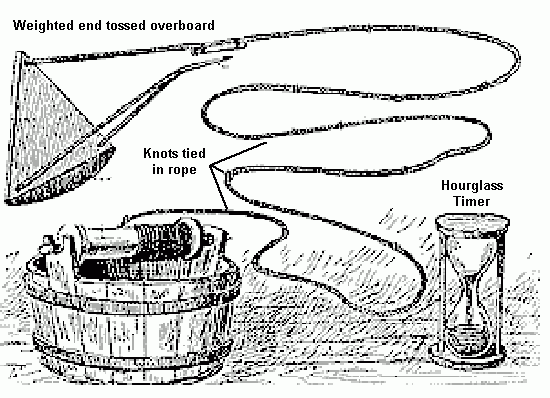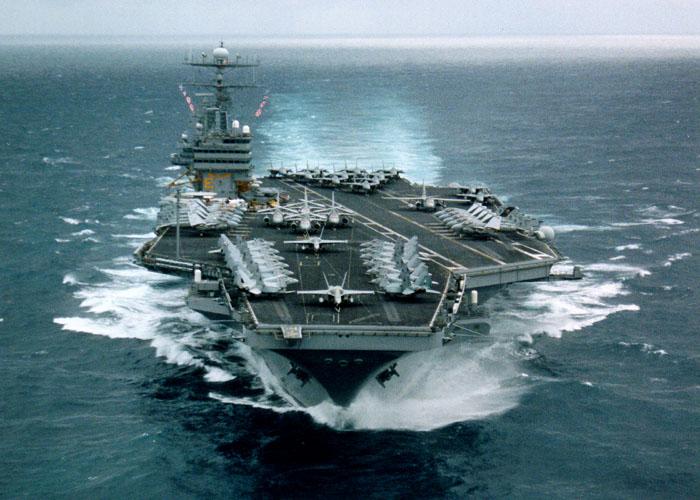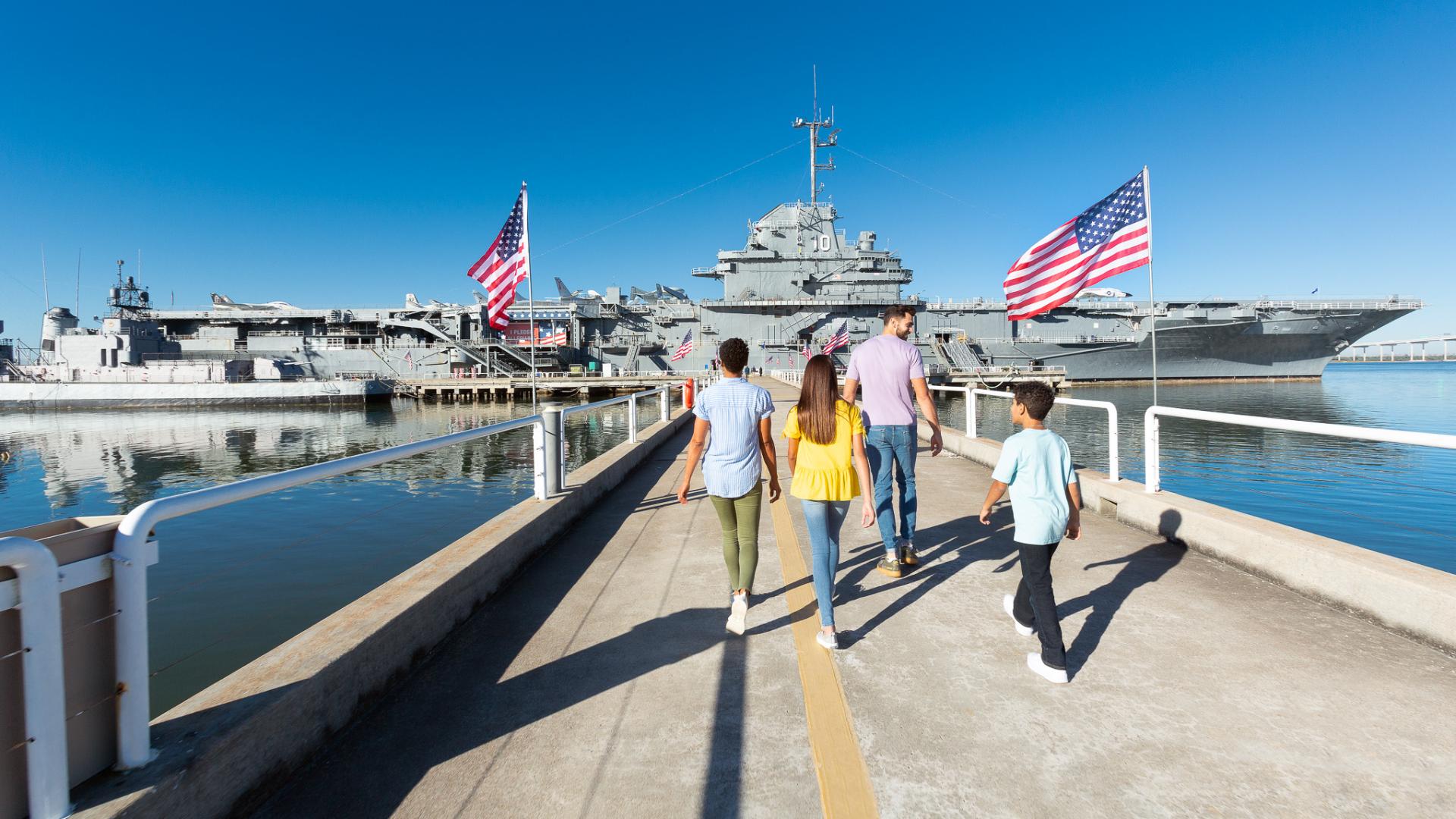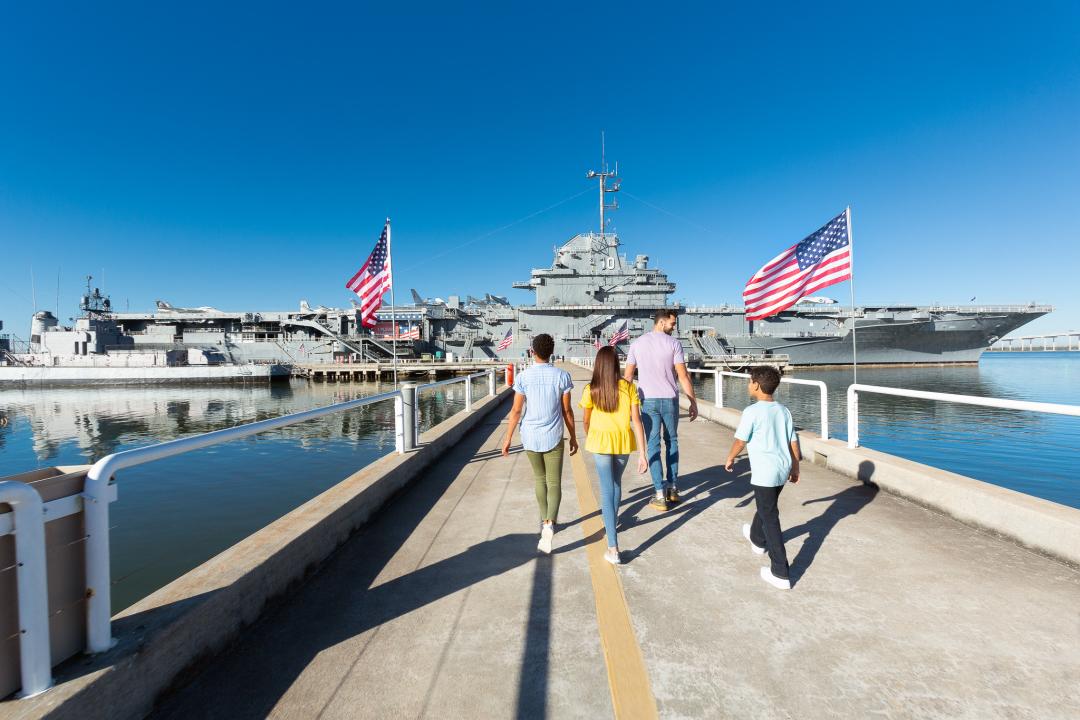
The use of the term knot goes back to the day of sailing ships. Sailors would toss over a "Dutch log" which had a line attached with knots tied into it at intervals. Through trial and error, seamen found that the 28-second sand glass would do the best job and you didn't want more time, because that would mean more line for the deck hands to haul back aboard ship.

By using the proportion of 28 seconds to one hour and applying the math for proportion to a nautical mile (6,080 feet), an interval was found for the placing of the knots, a knot every 47.25 feet (47' 3").
Heaving the "Dutch log" into the sea, the seaman on the outgoing line would feel for the start knot on the line (Placed so that the log would end up out of the ship's wake). Feeling it, he would shout, "Start!" The sand glass would be upended and when the sand ran out, the term "Nip" would be shouted. The number of knots that had run through the seaman's hand in that period would give the speed of the ship.

American clipper ships in the 1800's could normally sail at 16-18 knots (displaced around 2500 tons) will some exceptional cases of 20 knots. The USS Yorktown (CV-10) at around 27,000 tons displacement could muster 33 knots (38 miles per hour) in World War II and our Nimitz class carriers today at 97,000 tons can achieve speeds of 30+ knots (34.5+ mph).


